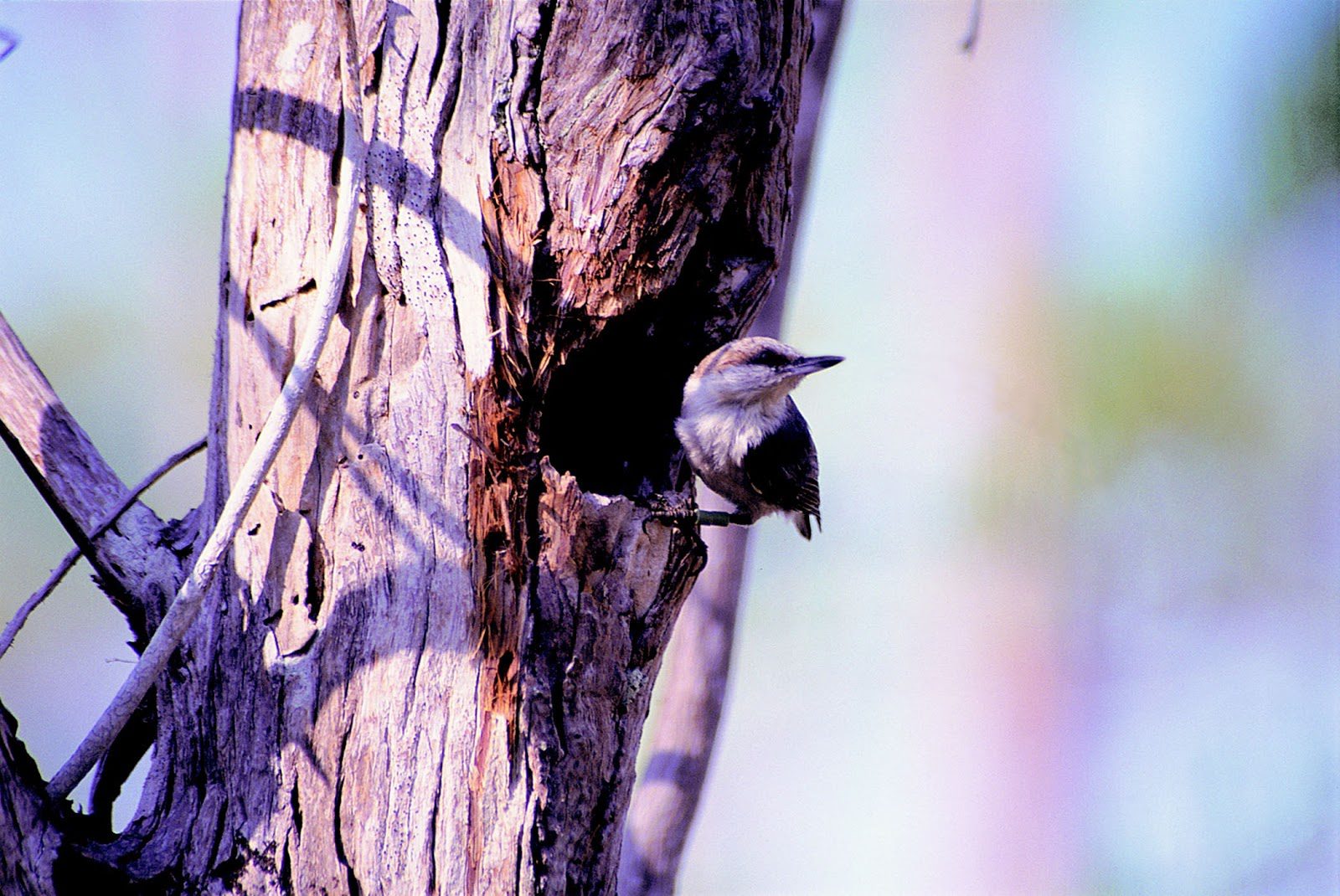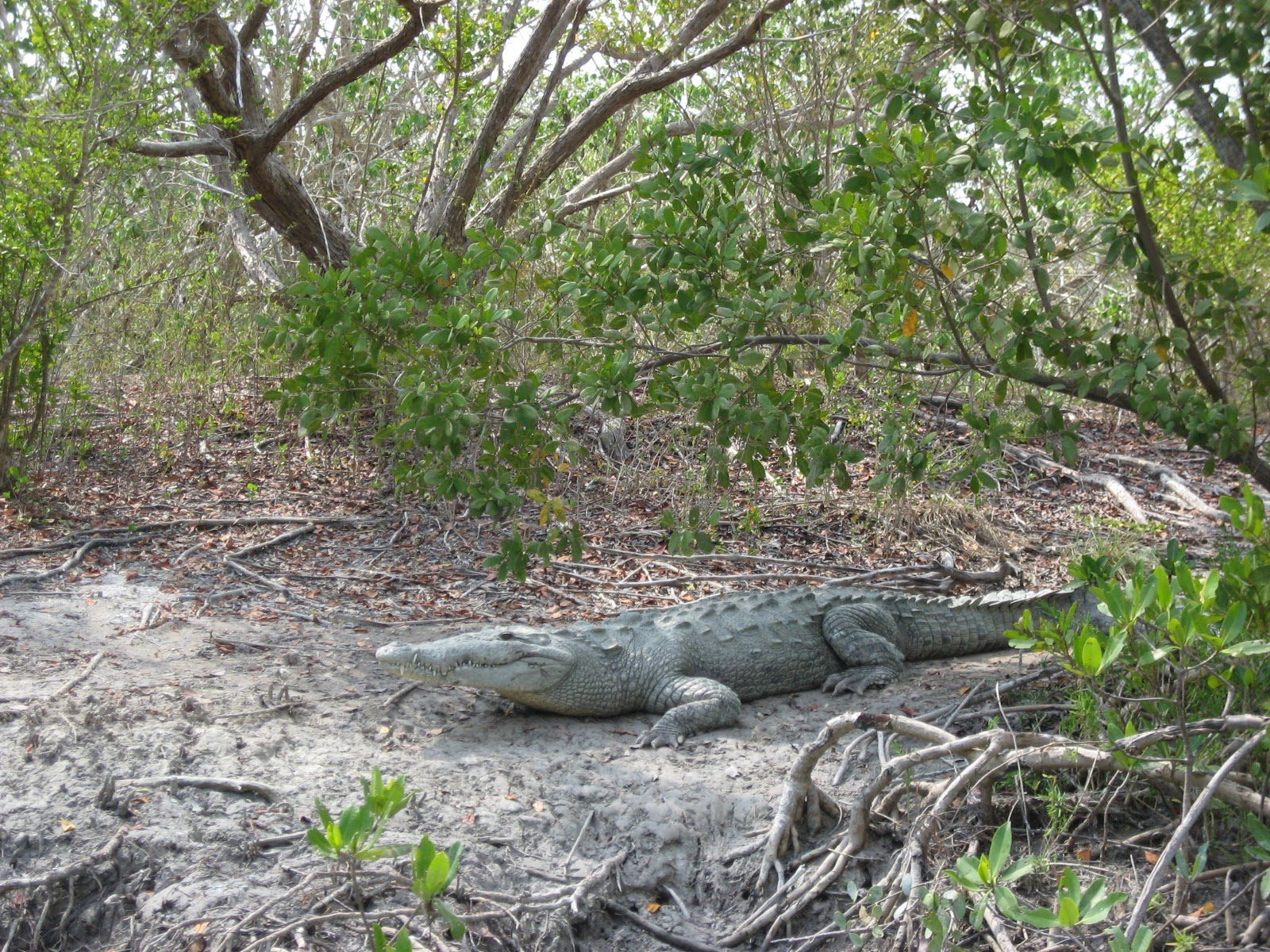The National Park System encompasses 423 parks in the United States, covering more than 84 million acres across the 50 states and the District of Columbia, as well as Puerto Rico, Guam, the U.S. Virgin Islands, and American Samoa. Every year, more than 327 million people visit locales managed by the National Park Service.
In Florida, the state’s three National Parks showcase some of the most diverse, unique ecosystems in the continental United States. From grasses to corals, mangroves to bays, Florida’s Parks cover a stunning range of habitats that many species call home.
Florida’s most well-known Park is the Everglades National Park, an expansive wetland that covers 1.5 million acres and is the largest subtropical wilderness in the United States. The slow-moving, shallow sheet of water that flows through the Everglades once covered 11,000 square miles, all the way from Lake Okeechobee to the Florida Bay. But by the 1900s, colonial settlers wanted to farm in the area and created irrigation channels that damaged much of the ecosystem. Everglades National Park was established in 1947 to protect what remained.
Today, the Everglades is an International Biosphere Reserve, a World Heritage Site, and a Wetland of International Importance. Many amazing creatures, such as the American crocodile, the Florida panther, and the West Indian manatee, can be found in the Park. There are basically two seasons: wet and dry. The wet season goes from April to October, and while it’s less crowded, it tends to be buggier,, and fewer Park programs are offered. The dry season runs from November to March and is the Park’s busiest time. The Everglades offers plenty to do. The Anhinga Trail takes you through a sawgrass marsh and provides ample opportunity to see animals like turtles, herons, and alligators. At the Shark Valley Visitor Center, there is a 65-foot observation tower that gives sweeping views across the Park. From tour boats to kayaking, hiking, to camping, there’s a myriad of adventures waiting for visitors. The Park is open year-round, seven days a week. You can find entrance fees and passes at recreation.gov. With so much to see, it’s worth taking the time to explore the Park explore the area’s incredible wildlife.

Not far from the Everglades, just off the eastern coast and within sight of downtown Miami, is another of Florida’s National Parks, Biscayne. The Park preserves Biscayne Bay and its offshore barrier reefs, covering an area of over 170,000 acres. In addition to protecting vulnerable islands and sensitive corals, the Park also includes evidence of thousands of years of human habitation. From artifacts left behind by native peoples to shipwrecks that still lie on the ocean floor, Biscayne reflects the role people have played in this area.
Most of Biscayne National Park is dedicated to celebrating the life that lives below the water. 95 percent of the Park is water, yet the ecosystems that the Park encompasses are surprisingly diverse. There are four distinct habitats within the Park: shoreline mangrove swamp, shallow waters of the Biscayne Bay, the coral limestone keys, and the offshore Florida reef. The mangroves are perfect nurseries for larval and juvenile fish. In Biscayne Bay, seagrasses and soft corals are the perfect playgrounds for small fish and manatees. Biscayne is at the top of the chain of islands known as the Florida Keys, and the Keys in the Park are havens of tropical vegetation and sea turtle nesting beaches. And finally, at the offshore reefs, snorkelers and scuba divers can see over 200 species of fish. In all, there are 16 threatened and endangered species in the Park. The most visited island is Boca Chita Key, which has a historic lighthouse from the 1930s, a hiking trail, and a campground. Biscayne is open year-round, and there are no entrance fees, which makes it an even more appealing destination.
If you follow the Florida Keys further south, driving all the way down Route 1, you’ll be on your way to visiting Florida’s final National Park, Dry Tortugas. Once you reach Key West, you will need to either get on a boat or a seaplane to reach Dry Tortugas, which lies 70 miles west. There’s a public ferry that runs to Dry Tortugas, or you can charter a boat or seaplane. The Park is 100 square miles of mostly open water with seven small islands. The biggest visible landmark in the Park is Fort Jefferson, a fort built between 1846 and 1875 as a military base to protect the US entrance into the Gulf of Mexico. Fort Jefferson sits on Garden Key, the second largest island in the area. It also has the Park headquarters and campgrounds.
While Dry Tortugas is also open year-round, only a few of the islands are open to the public. Four of the seven are permanently off-limits to protect the sensitive ecosystems. The three that are open are Garden Key, Bush Key, and Loggerhead Key. Bush Key is open from September to February, as during the spring and summer, thousands of birds nest there. For birds such as sooty terns and brown noddies, Bush Key is the only place in the United States where they make large breeding colonies.
Loggerhead Key is the largest island in the Dry Tortugas and is named for the many loggerhead sea turtles that use its beaches to lay their eggs. The weather in the Park is a bit different than in the rest of Florida. The winter season, from November to April, is the best time to visit Everglades and Biscayne, but on Dry Tortugas, winter means strong swells, windy conditions, and poor underwater visibility. The summer season, from May to October, includes the Atlantic hurricane season, however, when the skies are clear, it’s perfect for underwater exploration. The myriad of diving sites at Dry Tortugas makes it an incredible destination for snorkelers and divers.
Natural spaces are critical for our health and well-being. Some of the most amazing places to escape to are one of this country’s many National Parks. Whether you are in the mood for seas of grasses or seas of corals, Florida’s National Parks have a whole host of incredible ecosystems for you to explore and make the most of your time outside.






